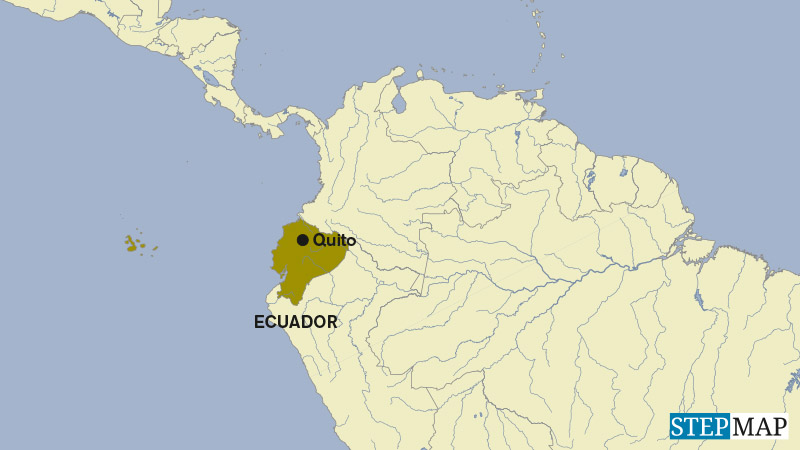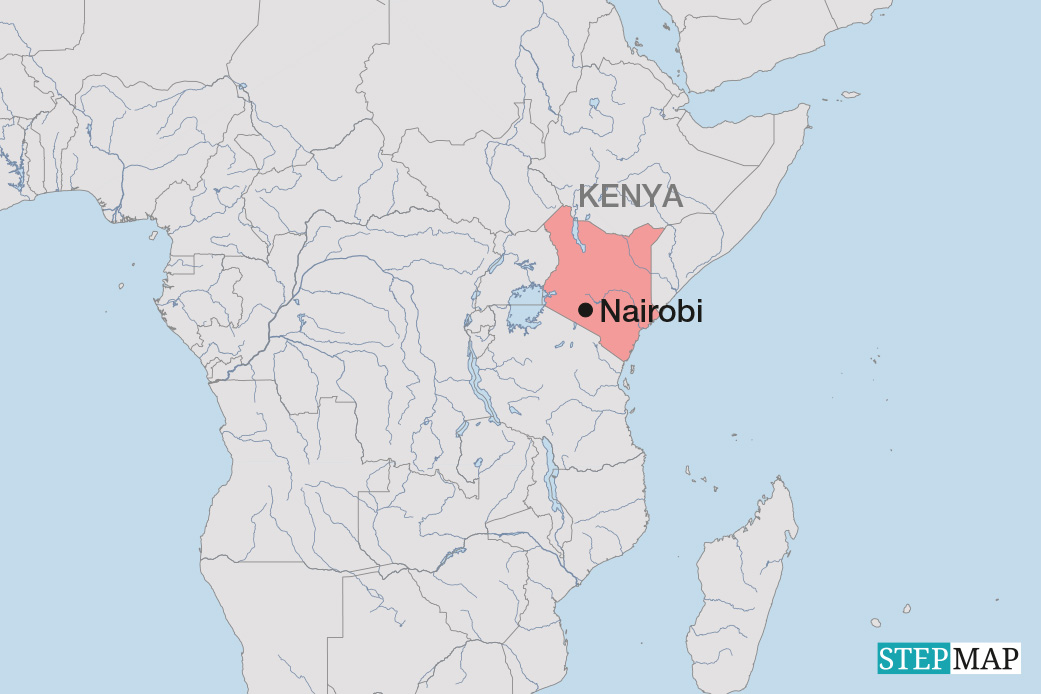Climate change
New conflict scenarios
[ By Nina V. Michaelis ]
Climate change means higher temperatures, changing rainfall patterns and rising sea levels. It aggravates problems that could undermine security and trigger violence – exacerbating problems such as political instability, poor governance or poor economic performance. The German Advisory Council on Global Change (WBGU, 2008) believes that fragile states with weak institutions will be overburdened in particular. They will need support to adapt to the new environmental conditions.
Generally speaking, the anticipated trends will be similar across the different world regions. The WBGU has identified four climate-induced conflict constellations which could lead to social destabilisation and violence. These are
– changing availability of freshwater resources,
– declining food production,
– worsening storm and flood disasters, and
– environmentally induced migration.
Interactive impacts between constellations are likely, but also difficult to forecast (see map).
Freshwater: Today, 1.1 billion people have no access to safe drinking water. Because climate change impacts on rainfall patterns, it reduces the amount of water available (IPCC, 2007a). At the same time, demand for water is rising because the world population is growing and so are people’s expectations – in terms of eating habits, leisure activities and tourism, for instance. Distributional conflicts will intensify, and water-management systems will face additional challenges in the countries concerned.
The example of Lima shows how shortages put communities under pressure. The city gets more than two-thirds of its water from the Río Rímac, which is fed by meltwater from mountain glaciers. Because of climate change, however, those glaciers have shrunk by more than a third, causing temporary shortages in freshwater supply.
Lima's population is growing. It is 7 million at present but forecast to rise to 12 million. As a consequence, demand for water will increase – in a city already marked by social inequality, poverty and underemployment. To make matters worse, hydroelectric power plants generate around 80 % of Peru’s electricity. Adequate power supply is vital for development, which, in turn, is vital for social peace.
The government is thus facing massive challenges, and it remains to be seen whether it will be able to rise to them. Peruvian government agencies are considered weak and susceptible to corruption. It is foreseeable that trends towards destabilisation and violence will worsen unless appropriate steps are taken now to tackle the country’s looming water problems.
The WBGU believes that change is needed at various levels in countries like Peru. If they are to meet the needs of the entire population, they will have to make more efficient use of the water that is available. They need to implement an integrated resource-management concept and strengthen the relevant institutions. However, they must also cooperate better internationally, because water resources do not recognise national borders. What is needed, therefore, are regional concepts based on better data than those available at present. Poor and fragile states will obviously need help.
Food: More than 850 million people worldwide are currently malnourished. In many developing countries, a temperature rise of even 2°C above the 1990 baseline will be enough to increase food insecurity (IPCC, 2007b). Land suitable for agriculture would be lost as a result of desertification, soil salinisation and water scarcity. Such trends would further exacerbate the economic plight of many rural poor, especially in places where almost all arable land is already under the plough, as is the case in South Asia and North Africa.
To prevent looming conflicts, the greenhouse effect and its impacts need to be considered more fully in global agriculture scenarios. Present forecasts (by the FAO, for example) are misleading. The makers of development policy must pay more attention to rural areas and take climate change into account.
Apart from that, the international community – especially the United States, the EU and major emerging economies – finally needs to finalise the stalled talks of the Doha Round and secure a reform of the world trade system in order to grant developing countries better market access for agriculture products and thus provide incentives to boost production. Special assistance must be given to those countries that already depend on food imports and, on top of that, will be particularly hit by climate change.
Storms and floods: Storms and floods already account for nearly 60 % of all damage caused by natural catastrophes – and the figure is rising. Furthermore, sea levels will continue to rise, presenting risks for many cities and industrial regions on coastlines. Deforestation along the upper reaches of rivers, land subsidence in large urban areas and the increasing spatial concentration of people as well as assets will add to the problems. Regions that are especially at risk from storms and flooding, such as Central America and Southern Africa, are already marked by weak economic and political capacities. Therefore, crisis management should prove more difficult – and violence more likely.
Regions at risk, however, also include the densely populated east coasts of India and China, where disasters could cause major damage and trigger migration that should be difficult to control. It is well known that, at times of domestic political tension, storm and flood disasters can easily jump-start conflicts.
The two scenarios can be averted only by preventive action, such as reducing urban land subsidence and strengthening sustainable patterns of consumption to protect woodlands in the countries concerned. Poor countries need to receive bilateral and multilateral aid to help them do this.
In addition, more early warning systems are required and national and international actors should cooperate more closely to create them. In the wake of natural catastrophes in regions fraught with conflict, the relevant governments and the international community also need to respond quickly and effectively by delivering humanitarian aid and curbing discontent within the population.
Environmentally-induced migration: Combined with high population growth, unstable institutions and poverty, the problems described here will prompt many people to leave their homes. There will thus be an increased likelihood of conflict in transit and target regions.
Environmental migration will mostly occur within national borders at first but then spread internationally, mainly in the form of south-south migration. Because of inadequate infrastructures, political instability and economic underperformance, developing countries are particularly susceptible to conflict. The international donor community should therefore coordinate and fund efforts to rise to these challenges. The International Dialogue on Migration launched by the International Organisation for Migration could serve as a platform for this purpose. It could also act as a forum for negotiating a fair burden-sharing arrangement between countries that are affected by environmental migration and those that are not. Moreover, the international community should seek to develop a special multilateral convention aimed at regulating the legal standing of environmental migrants.
Europe and North America will also undoubtedly become migration destinations, and there will be disputes about which countries should bear the cost of environmental migration. After all, climate change has mostly been caused by the industrialised world so far.
Emigration can be reduced by improving people’s economic and social situation. Because migration will not be avoidable, however, management strategies should be designed to minimise conflict. Emergency relief is recommended for extreme weather events, but integration in countries of exile, multilateral accords and return agreements also matter.
Conclusion
Because of climate change and its consequences, the risk of destabilisation and violence will increase considerably in many parts of the world. What is more, there will be various interactions between the four conflict constellations, making it difficult to forecast developments. It is already a problem that statehood and institutions are typically weak in those countries where economic performance is poor while populations are growing fast.
The first preventative action the international community should take is to limit the scale of climate change. Because climate change can no longer be entirely prevented, however, regional and national strategies need to be developed to reduce the vulnerability of people.










